Travel Japan
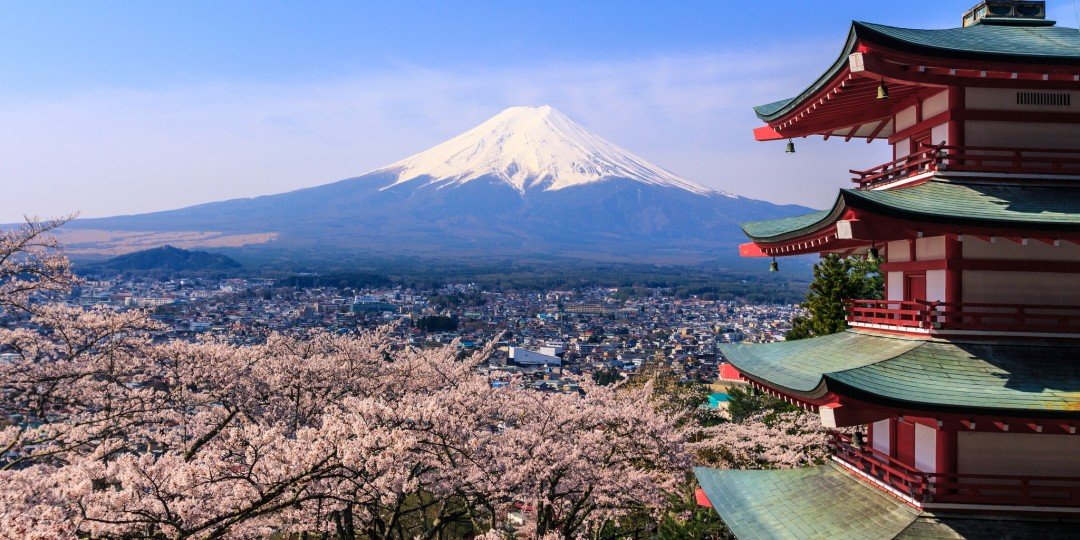
An Overview Of Japan For Travellers
The Top 10 Must-See Sights in Kyoto, Japan: A Cultural Traveler’s Guide
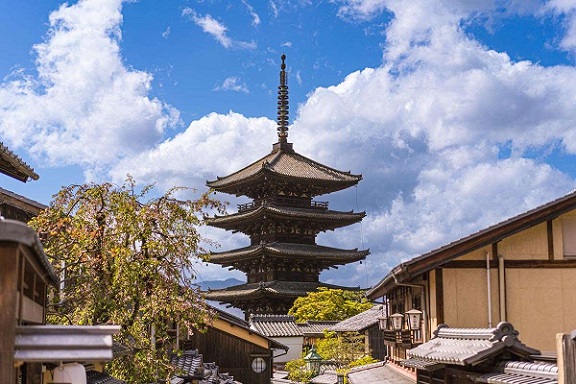
When travelers dream of Japan, Tokyo often steals the spotlight, its neon-lit streets and towering skyscrapers standing in stark contrast to serene shrines and quiet alleyways.
But if you’re seeking the soul of traditional Japan, look no further than Kyoto. Once the imperial capital for over a thousand years (794–1868), Kyoto miraculously escaped the devastation of World War II, preserving an unparalleled collection of temples, gardens, and historic districts that offer a living window into Japan’s cultural heritage.
With so much to see, it’s easy to feel overwhelmed. Rather than rushing from site to site, slow down and savor Kyoto on foot, wandering its stone-paved lanes and moss-covered paths is part of the magic. To help prioritize your itinerary, here are 10 unmissable sights that capture the essence of this extraordinary city. (Note: This list is curated for cultural depth and visual impact, not ranked.)
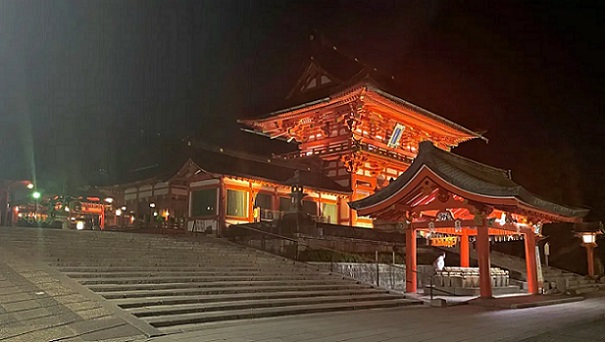
1. Fushimi Inari Taisha
Famous for its seemingly endless pathway of vermillion torii gates, this Shinto shrine is dedicated to Inari, the god of rice and prosperity. Fox statues, the deity’s messengers, stand guard throughout the complex. While daytime visits are popular, come at dusk for fewer crowds and an ethereal atmosphere as lanterns cast golden glows through the forested hillside.
Travel Tip: Hike at least halfway up Mount Inari for panoramic views and quieter shrines, most tourists turn back within the first 15 minutes.
2. Kinkaku-ji (The Golden Pavilion)
This Zen Buddhist temple shines, literally, with its top two floors completely covered in gold leaf, reflecting majestically in the surrounding pond. Originally built as a retirement villa for a shogun, it was later converted into a temple and now houses sacred Buddhist relics. The harmony between architecture and nature embodies the Japanese ideal of borrowed scenery (shakkei).
Travel Tip: Visit early morning to avoid tour groups and capture the best light for photos.
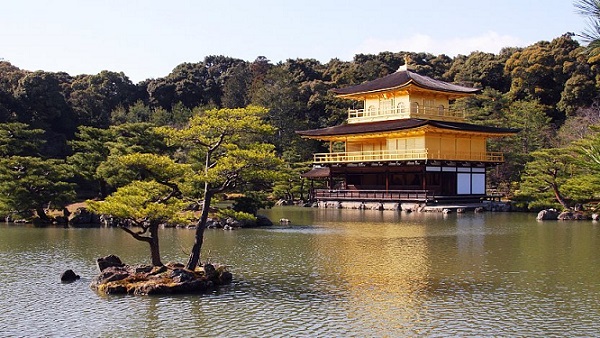
3. Gion: Kyoto’s Geisha District
Step into old-world Japan in Gion, Kyoto’s most famous geisha quarter. With its narrow lanes, wooden machiya houses, and traditional teahouses, the district feels suspended in time. If you’re lucky, you might spot a maiko (apprentice geisha) or geiko (Kyoto dialect for geisha) hurrying to an evening engagement.
Important: Geiko and maiko are artists, not entertainers for public interaction. Do not block their path or demand photos. Respect their privacy and profession.
4. Kiyomizu-dera Temple
Perched on a hillside in eastern Kyoto, this UNESCO-listed temple offers breathtaking views over the city, especially during cherry blossom season and autumn foliage. The main hall features a dramatic wooden stage jutting out over the treetops, built without a single nail. Below, the Otowa Waterfall splits into three streams, drink from one (but only one!) for health, longevity, or success in love.
Travel Tip: Combine your visit with a stroll through Sannenzaka and Ninenzaka, charming preserved streets lined with tea shops and crafts.
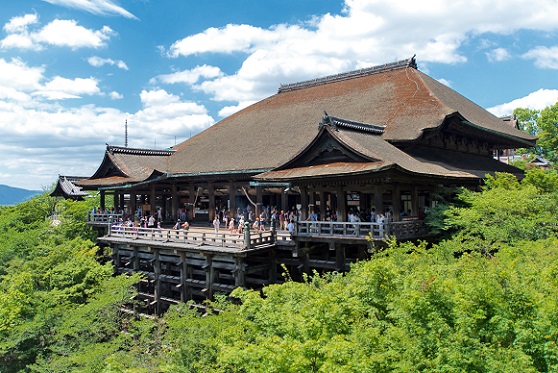
5. Ryoan-ji Rock Garden
A masterpiece of Zen minimalism, this kare-sansui (dry landscape) garden features 15 carefully arranged rocks on a bed of raked white gravel, set against an earthen wall. The design invites contemplation, no matter where you sit, one rock is always hidden from view, symbolizing the incompleteness of human perception.
Travel Tip: Arrive right when the temple opens for a quiet moment of meditation before crowds arrive.
6. Ginkaku-ji (The Silver Pavilion)
Despite its name, Ginkaku-ji was never actually covered in silver, but its understated elegance is arguably more profound than its golden counterpart. The temple showcases wabi-sabi aesthetics, emphasizing simplicity and imperfection. Don’t miss the sand garden and the moon-viewing platform, designed for poetic reflection.
Travel Tip: Visit during winter when snow dusts the gardens for a hauntingly serene experience.
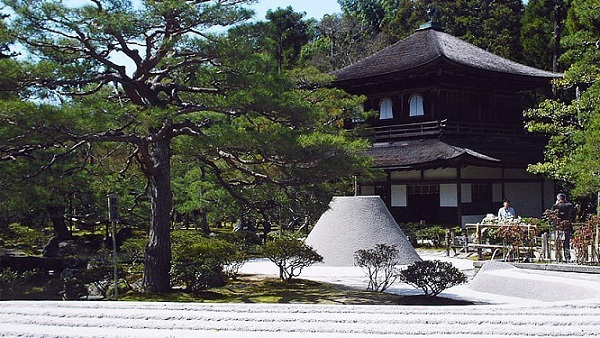
7. Kyoto Imperial Palace (Kyoto Gosho)
Once the residence of Japan’s Imperial Family for over 800 years, this vast complex is now open to the public (free, but advance reservation required). Explore the Heian-era architecture, ceremonial halls, and tranquil courtyards that once hosted imperial coronations.
Travel Tip: Guided tours (in English) are highly recommended to appreciate its historical significance.
8. Tenryu-ji Temple
A Zen temple in the Arashiyama district, Tenryu-ji boasts a stunning 14th-century landscape garden, one of Japan’s oldest and most influential. Designed by the famed Zen master Muso Soseki, the garden uses the surrounding mountains as a “borrowed view,” blending art and nature seamlessly.
Pair it with: A walk through the nearby Bamboo Grove or a visit to the Togetsukyo Bridge.
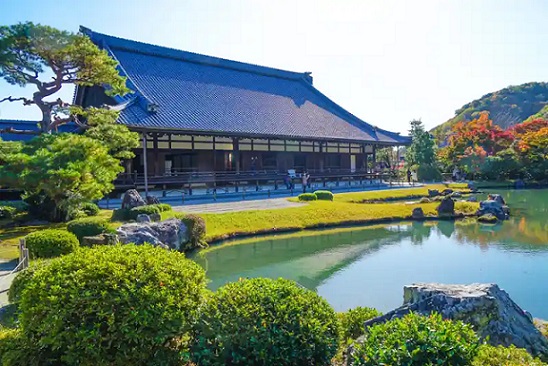
9. Heian Jingu Shrine
Built in 1895 to commemorate Kyoto’s 1,100th anniversary, this Shinto shrine replicates the original Heian-era imperial palace, albeit at 5/8 scale. Its massive red torii gate is the largest in Japan, and the 3-hectare garden blooms spectacularly in spring (with irises) and autumn (with maples).
Don’t miss: The Jidai Matsuri (Festival of Ages) on October 22, featuring a grand historical procession in authentic period costumes.
10. Arashiyama Bamboo Grove
While not a temple or shrine, this towering bamboo forest in western Kyoto is iconic, and for good reason. Sunlight filtering through the swaying stalks creates a surreal, otherworldly ambiance. Though it gets crowded, the experience is still unforgettable.
Pro Tip: Arrive by 7:30 AM or visit after sunset for a more peaceful walk. Combine with nearby Okochi Sanso Villa for exquisite gardens and matcha with a view.
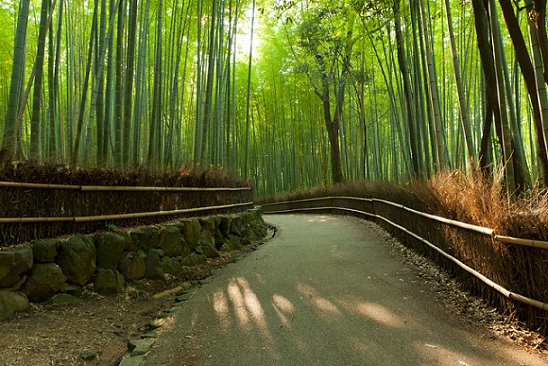
Final Travel Tips for Kyoto:
- Transport: Get a Kyoto City Bus & Subway Pass if visiting multiple sites in a day.
- Timing: Spring (March–April) and autumn (November) offer the most stunning natural backdrops, but also the biggest crowds. Consider late May or early December for fewer tourists and pleasant weather.
- Etiquette: Always bow slightly before entering temple grounds, remove shoes when required, and speak quietly, these are active places of worship, not just photo ops.
- Dress: Comfortable walking shoes are essential, many temples involve gravel paths, stone steps, and uneven terrain.
Kyoto isn’t just a destination, it’s a journey into the heart of Japanese aesthetics, spirituality, and history. Whether you’re meditating in a rock garden, sipping matcha in a centuries-old teahouse, or watching lanterns flicker along a torii-lined path, you’ll leave with a deeper understanding of why Kyoto remains Japan’s cultural soul.
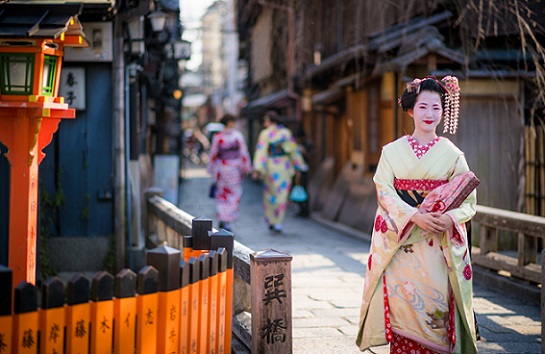

Lake Hibara, Japan: Scenic Lakeside Retreat.

Lake Hibara, a renowned geographical feature nestled within the scenic landscapes of Japan, is a captivating destination that garners significant attention from both locals and tourists alike.
This lake is part of the larger Bandai-Asahi National Park, a location celebrated for its natural beauty and diverse ecosystems.
Covering an expansive area, Lake Hibara was formed as a result of the Mount Bandai eruption in 1888, which dramatically altered the region's topography. This volcanic activity led to the creation of a series of lakes, with Lake Hibara being the largest among them.
Visitors to Lake Hibara are often mesmerized by its serene waters and the panoramic views of the surrounding mountains. The lake provides a perfect habitat for a variety of flora and fauna, making it a popular spot for nature enthusiasts and wildlife observers. Birdwatchers, in particular, can enjoy sightings of numerous species, especially during migration seasons when the area becomes a temporary home for many birds.
The lake is also a hub for recreational activities. During the warmer months, it becomes a lively spot for boating and fishing, attracting those seeking both relaxation and adventure. In the winter, the lake's frozen surface opens up opportunities for ice fishing, a unique experience for the more adventurous visitors.
Lake Hibara is not only a natural wonder but also a significant cultural and historical site. The lake and its surroundings hold a special place in local folklore, with stories and legends passed down through generations, adding a layer of mystique to its already enchanting presence. Whether you are drawn by its natural beauty, its recreational offerings, or its cultural significance, Lake Hibara promises a memorable experience for all who visit.
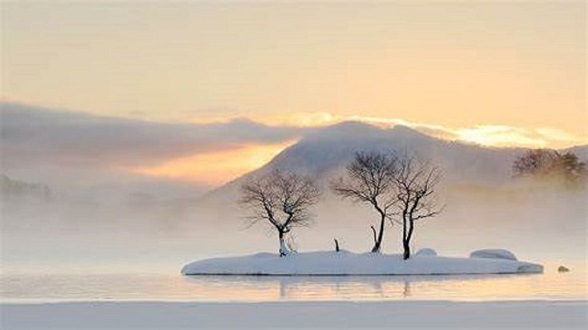
Lake Hibara (桧原湖, Hibara-ko) is a scenic lake located in the Bandai-Asahi National Park in Fukushima Prefecture, Japan. It was formed during the massive eruption of Mount Bandai in 1888, which created a series of lakes known as the "Goshiki-numa" (Five-Colored Ponds).
Key Features of Lake Hibara:
- Size: The largest of the lakes formed by the eruption, covering about 10.7 km².
- Activities: Popular for boating, kayaking, fishing (especially for trout and salmon), and lakeside hiking.
- Scenery: Surrounded by lush forests and mountains, offering stunning reflections, especially in autumn when the foliage turns vibrant colors.
- Access: About 20-30 minutes by car from Inawashiro Station (JR Ban'etsu West Line). Buses also run seasonally from Bandai Kogen Station.
Nearby Attractions:
- Goshiki-numa Ponds – Famous for their striking blue-green hues.
- Mount Bandai – A popular hiking destination.
- Urabandai Area – Known for hot springs (onsen) and outdoor activities.
Best Time to Visit:
- Summer (June–August) – Ideal for water activities.
- Autumn (October–early November) – Stunning fall foliage.
- Winter – Frozen lake with snow-covered landscapes (but some facilities may close).

A Traveler's Overview of Japan
Travel Japan: For such a tiny total landmass, Japan has left an undeniable stamp on human history. If you are considering Japan as a destination, here is an overview of the country.
An Overview of Japan for Travelers Extending along the eastern coast of Asia, Japan is a country consisting of a collection of islands. The mainland, as we think of it, is the island of Honshu. There are three other large islands, Hokkaido, Shikoku, and Kyushu, and roughly 3,000 much smaller islands comprising what we call Japan. Put together, the total land mass is slightly smaller than California. The geography throughout the islands is mountainous, best exemplified by Mt. Fuji at 12,385 feet.
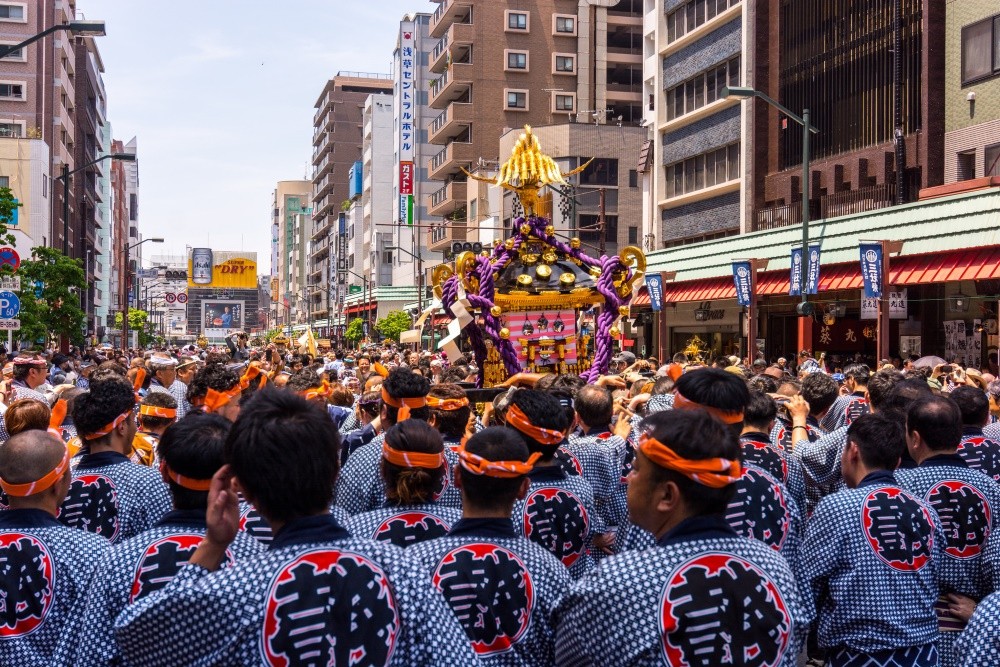
As you might expect, the island country is inherently volcanic, and as such Japan experiences earthquakes fairly frequently, some on a large scale. Japan is an extremely urbanized country with most people living in major cities. The two prominent religions are Shintoism and Buddhism. The belief systems are harmonious and often share the same temples. Per legend, Japan was founded by Emperor Jimmu around 600 BC. The current emperor is a descendant of the first. The first interaction with the West was in 1542 when a lost Portuguese ship landed in Japan. Over the next century more Westerners came, but they were not trusted.
The Japan shoguns eventually banned all foreigners and the country was isolated for over 200 years. Not until 1854 did Japan open its doors to the world under the Convention of Kanagawa with the United States. Once this occurred, Japan quickly evolved from a feudal state to a more modern approach. World War I was a boon for Japan. Fighting on the side of the victorious Allies, Japan gained new respect as an economic and military power following the defeat of the Axis.
Alas, the emperor of Japan went in a different direction after the war, seeking dominance of China and Asia in general. In 1937, Japan became an ally of Nazi German. This eventually led to its decision to pursue an attack on Pearl Harbor on December 7, 1941. Following four years of war, the loss of 3 million Japanese lives and two atomic bombings, Japan surrendered to the United States on September 2, 1945.
It was stripped of most of its territorial holdings and was ruled de facto by General Douglas MacArthur, designated the Supreme Commander. Following World War II, Japan turned to a democratic system through reforms. The U.S. and allies returned complete control to Japan on April 28, 1952 via the Treaty of Peace. Although its days as a military power were over, Japan once again became an economic giant.
Despite its relatively tiny land mass, Japan has the second biggest economy in the world. Modern day Japan covers 145,902 square miles. The capital is Tokyo. The terrain is best described as rugged, mountainous islands with varying temperatures. The people of Japan are called “Japanese.” The total population is just over 127.4 million people, but the population is decreasing slightly in size.
Japanese is the primarily language spoken and literacy rates are 99 percent. Japanese males have a life expectancy of 77 years while women live to 84 on average. With its mountainous island landscape, Japan is a hot destination spot for travelers. It is expensive, but a visit to Mount Fuji alone makes a trip worthwhile.
Thailand - Ko Chang Water Festival Of Loi Kathong
Ayers Rock - Australia's Desert Mystery
What To Look For In A Private Charter
Florence Italy - Duomo Of Florence
Beautiful Lake District And Its Traditions
Tweet
Follow @Charlesfrize







New! Comments
Have your say about what you just read! Leave a comment in the box below.